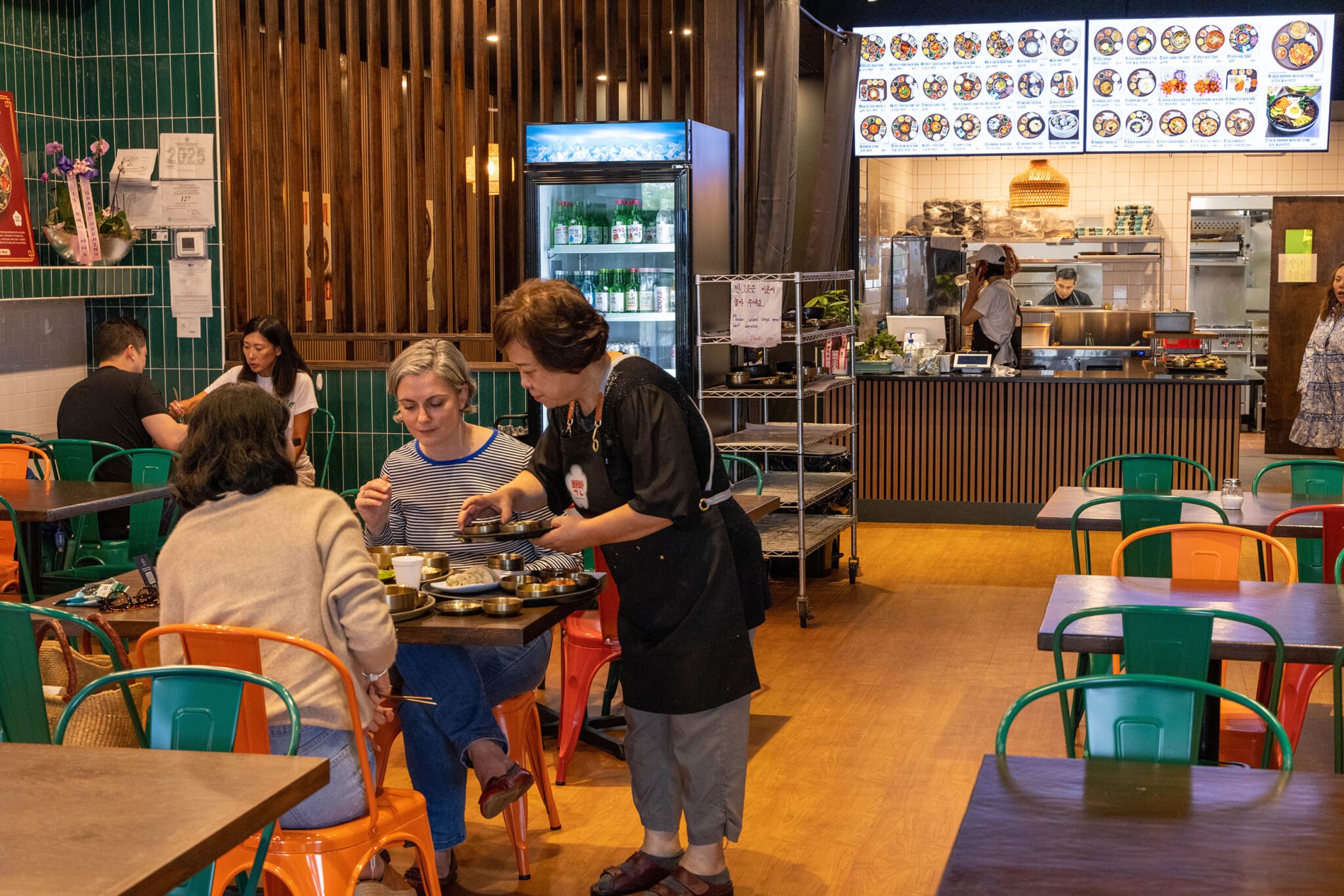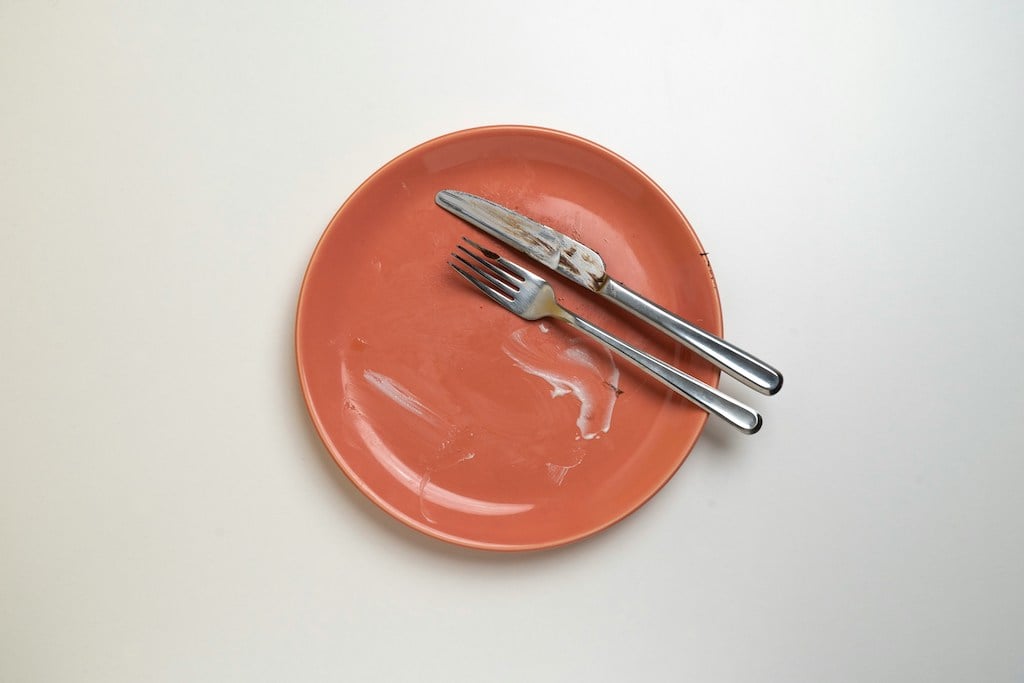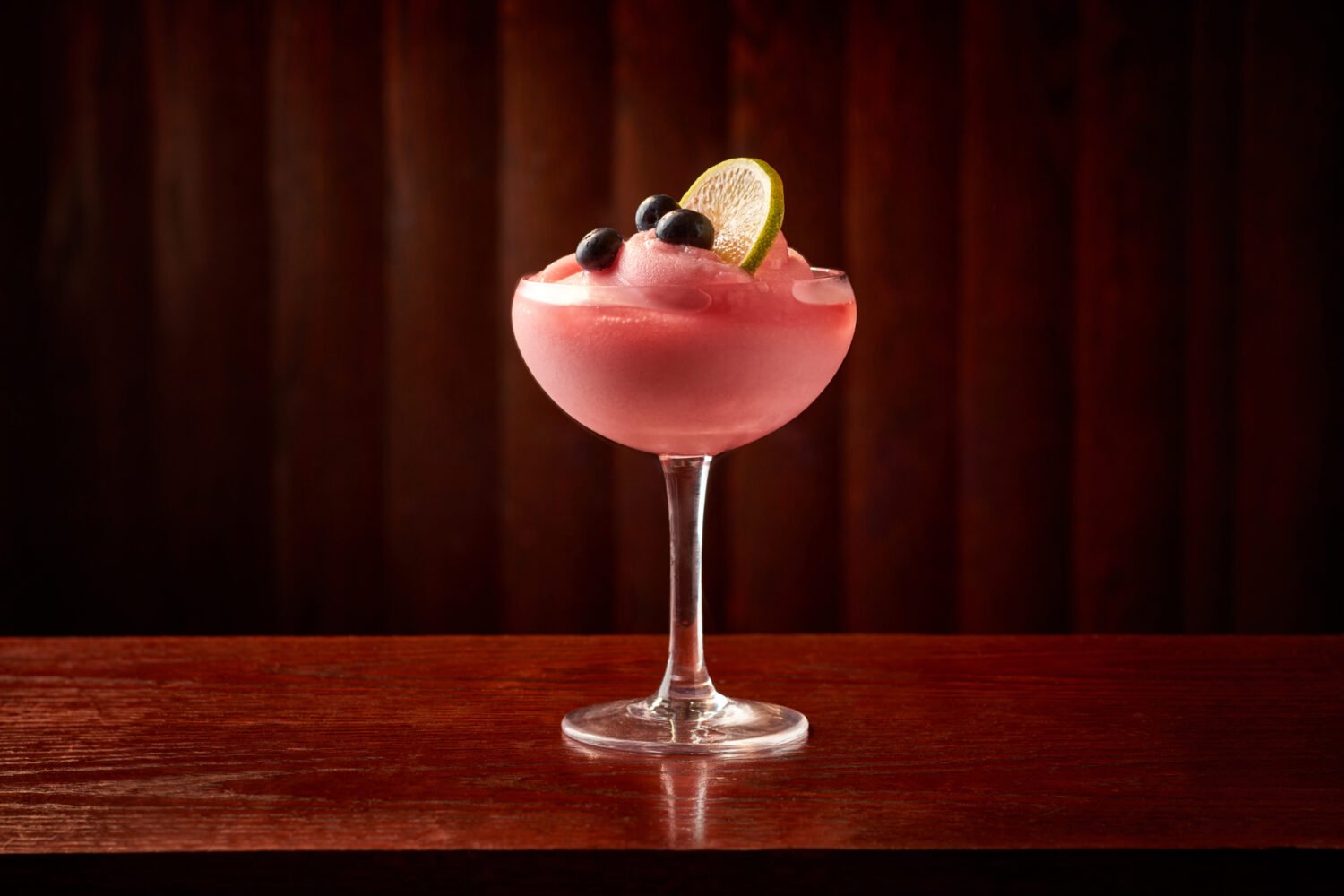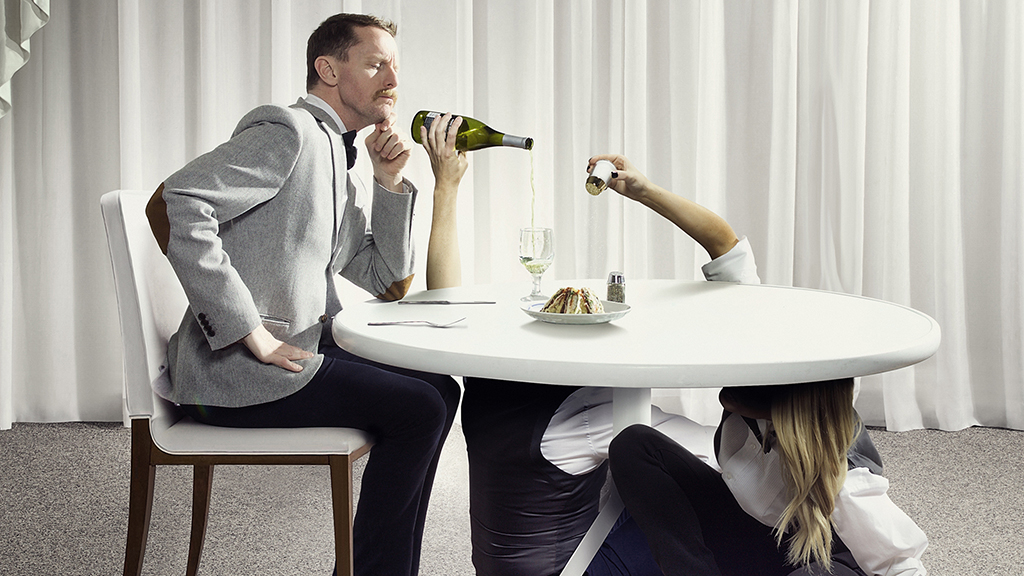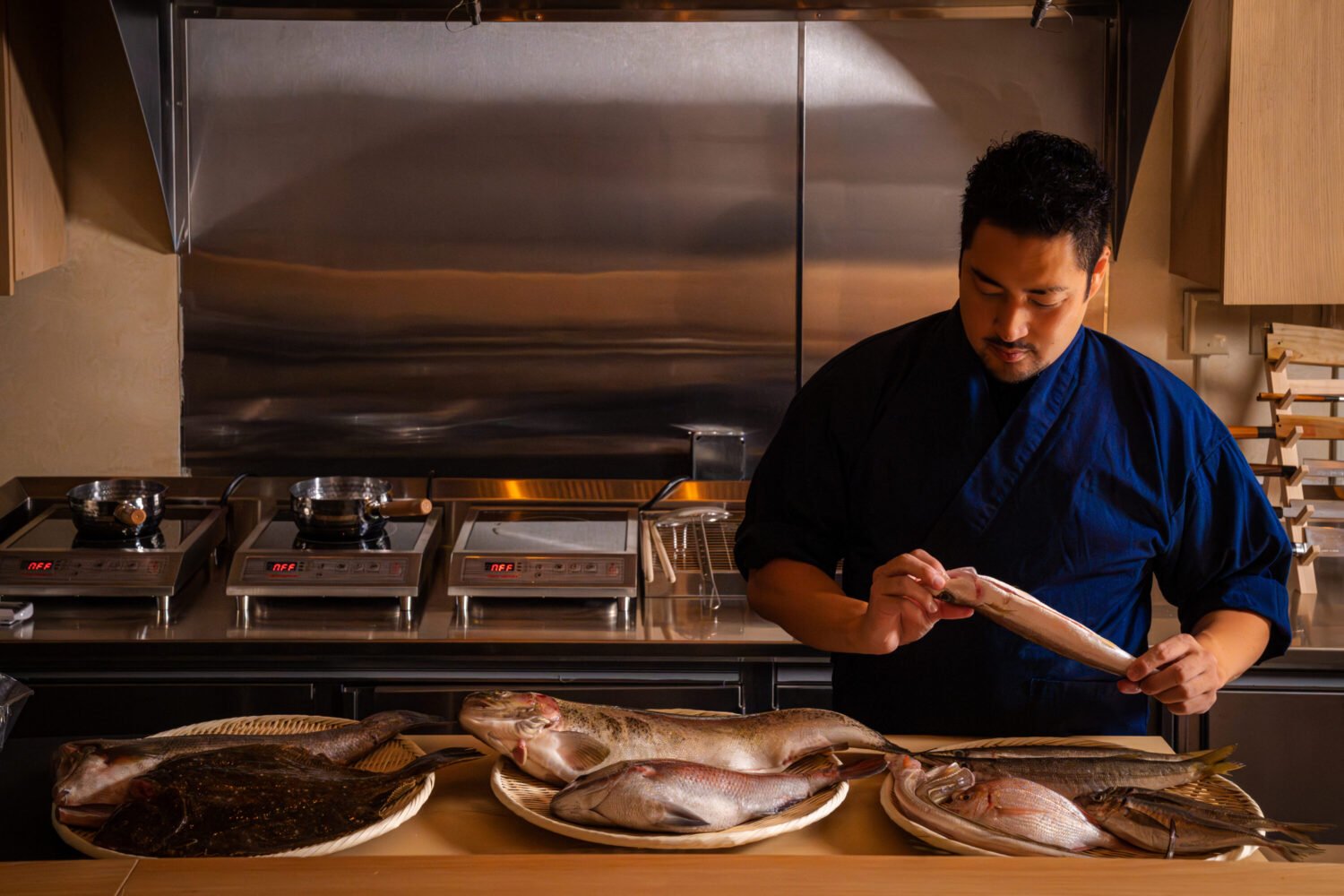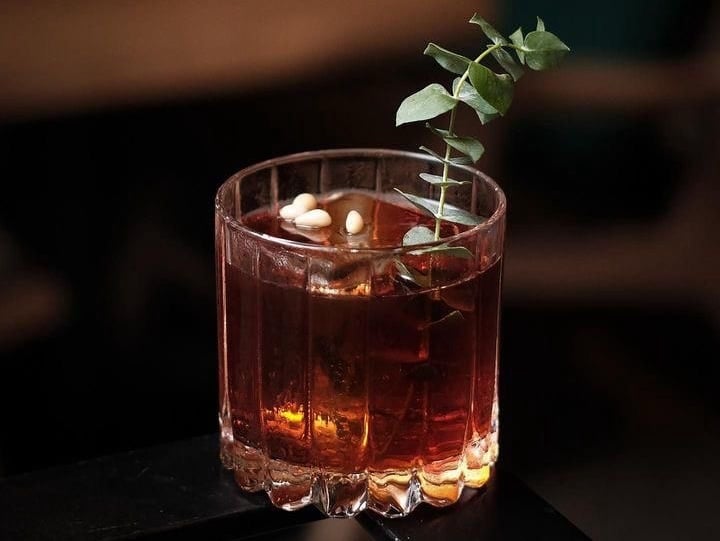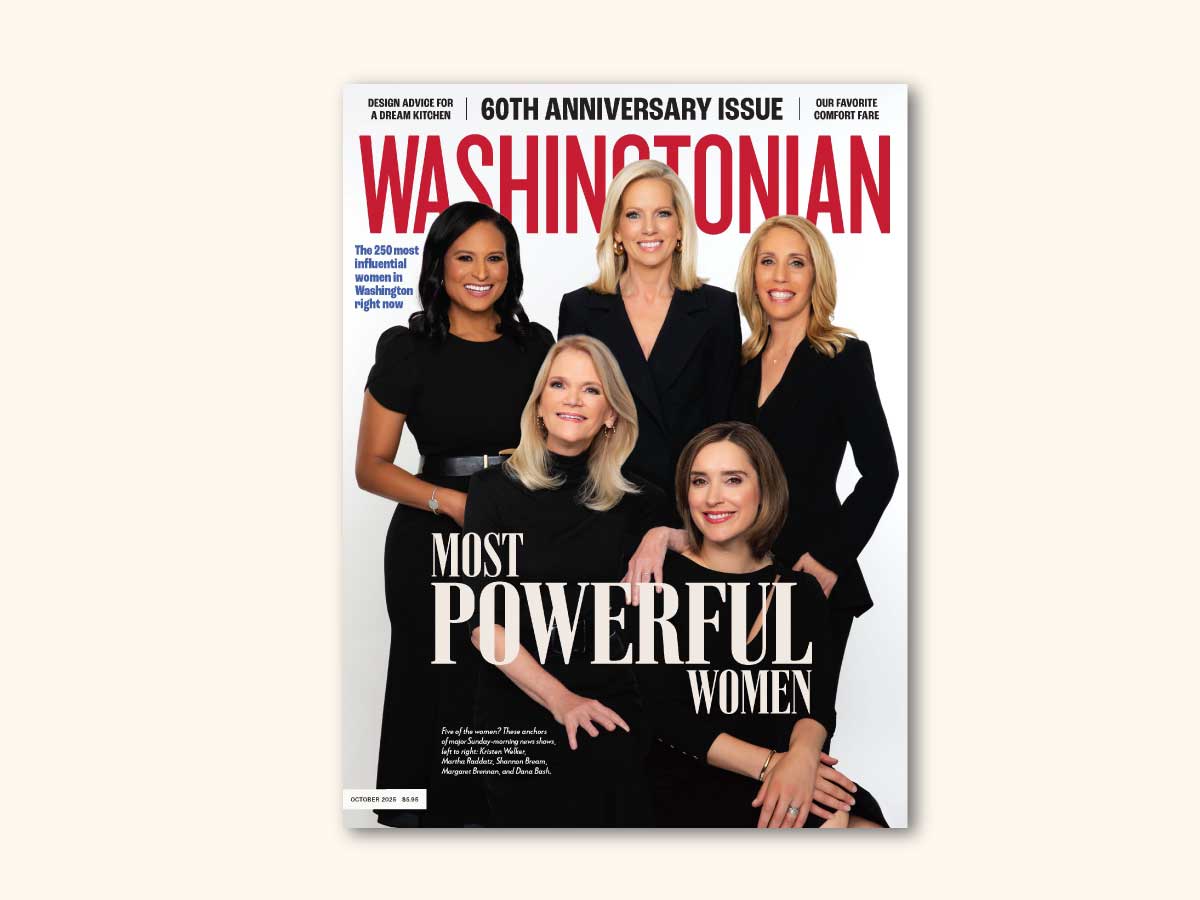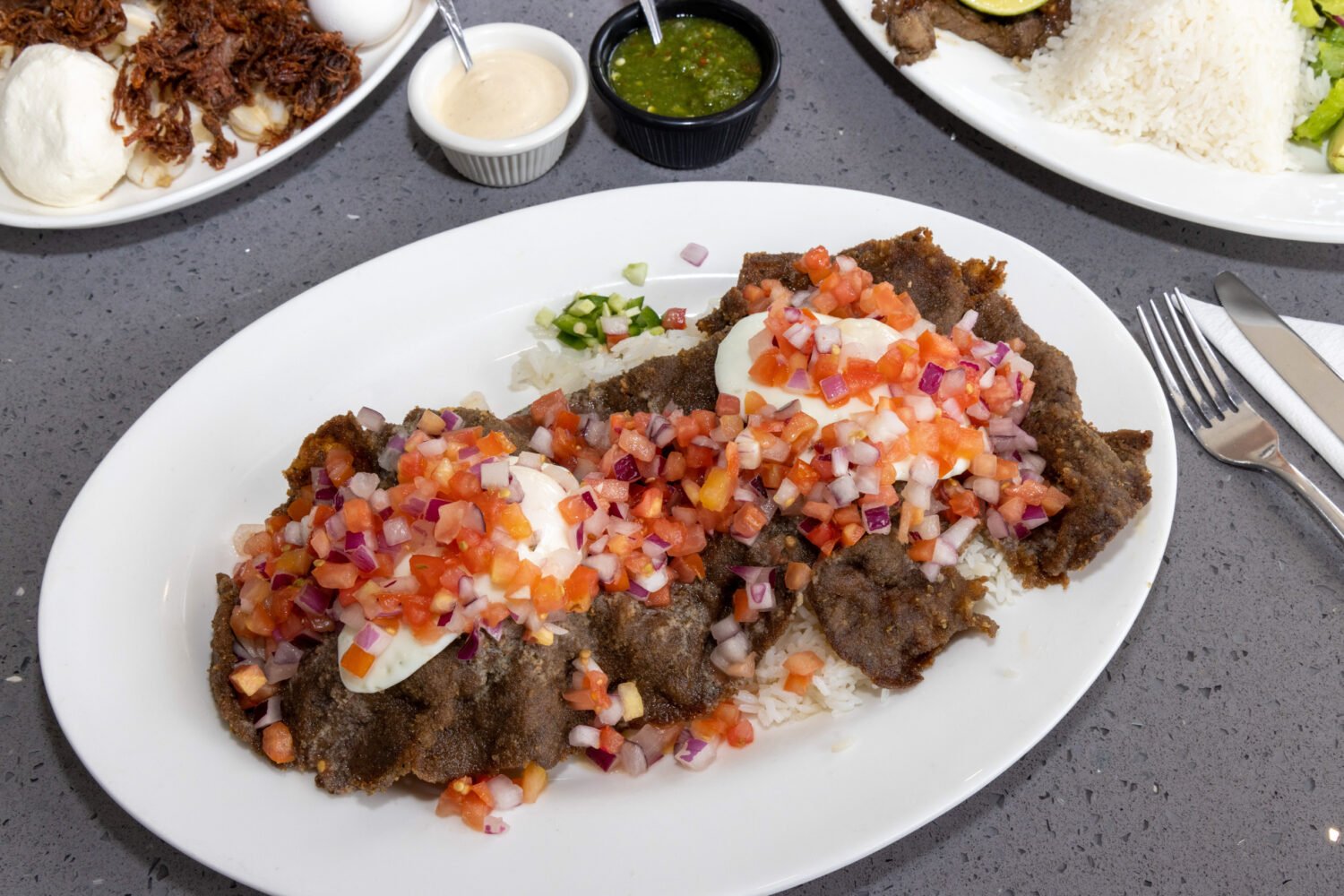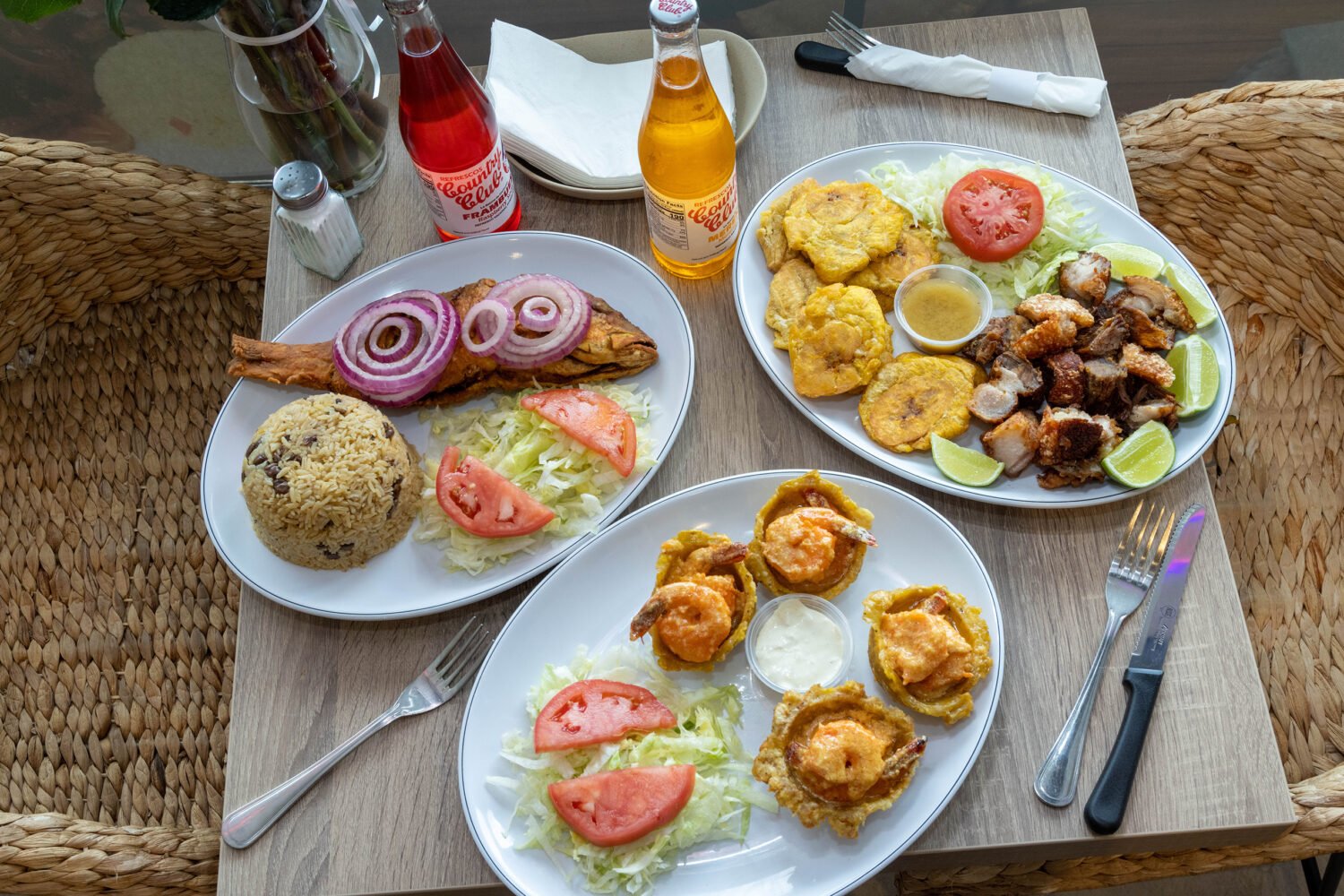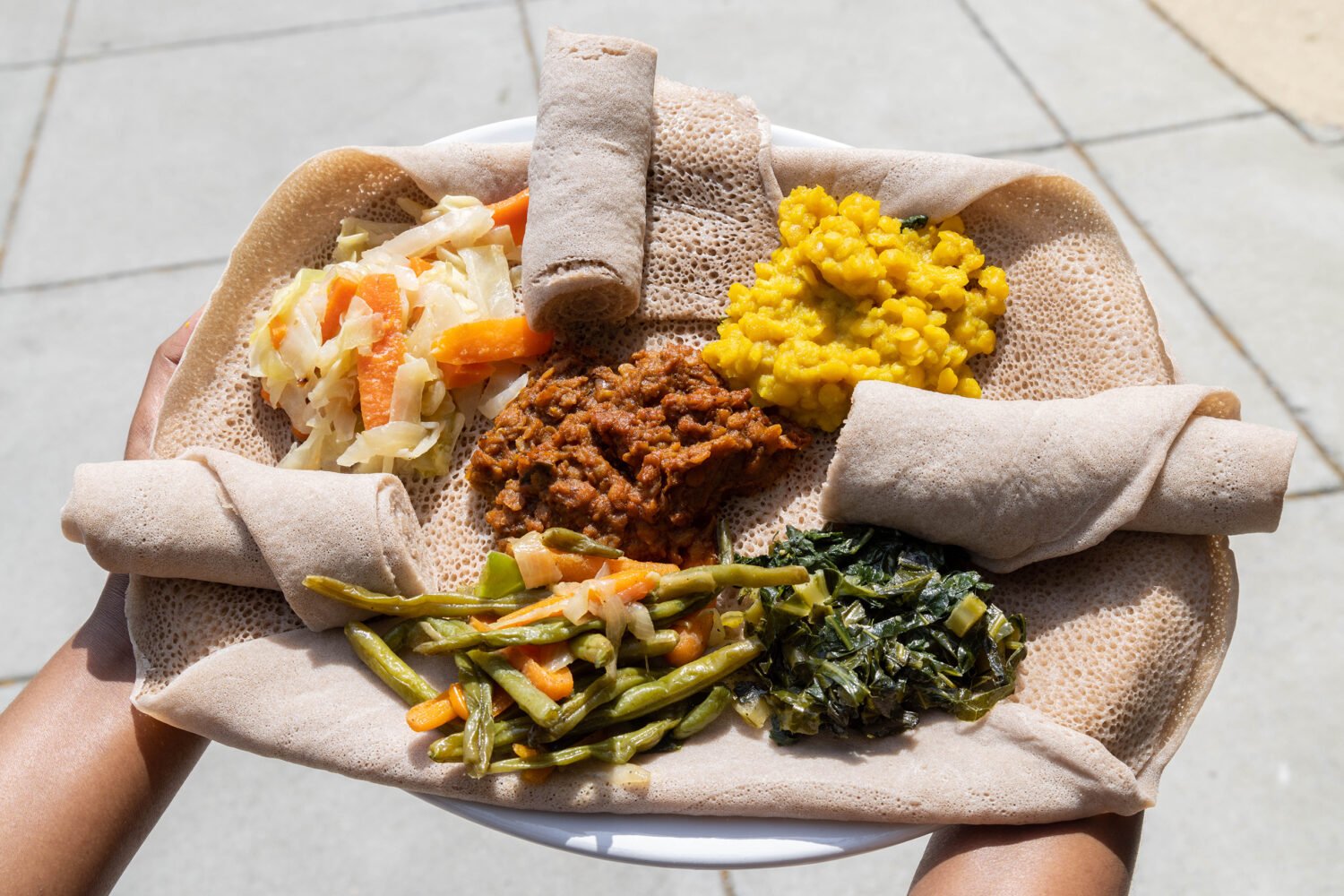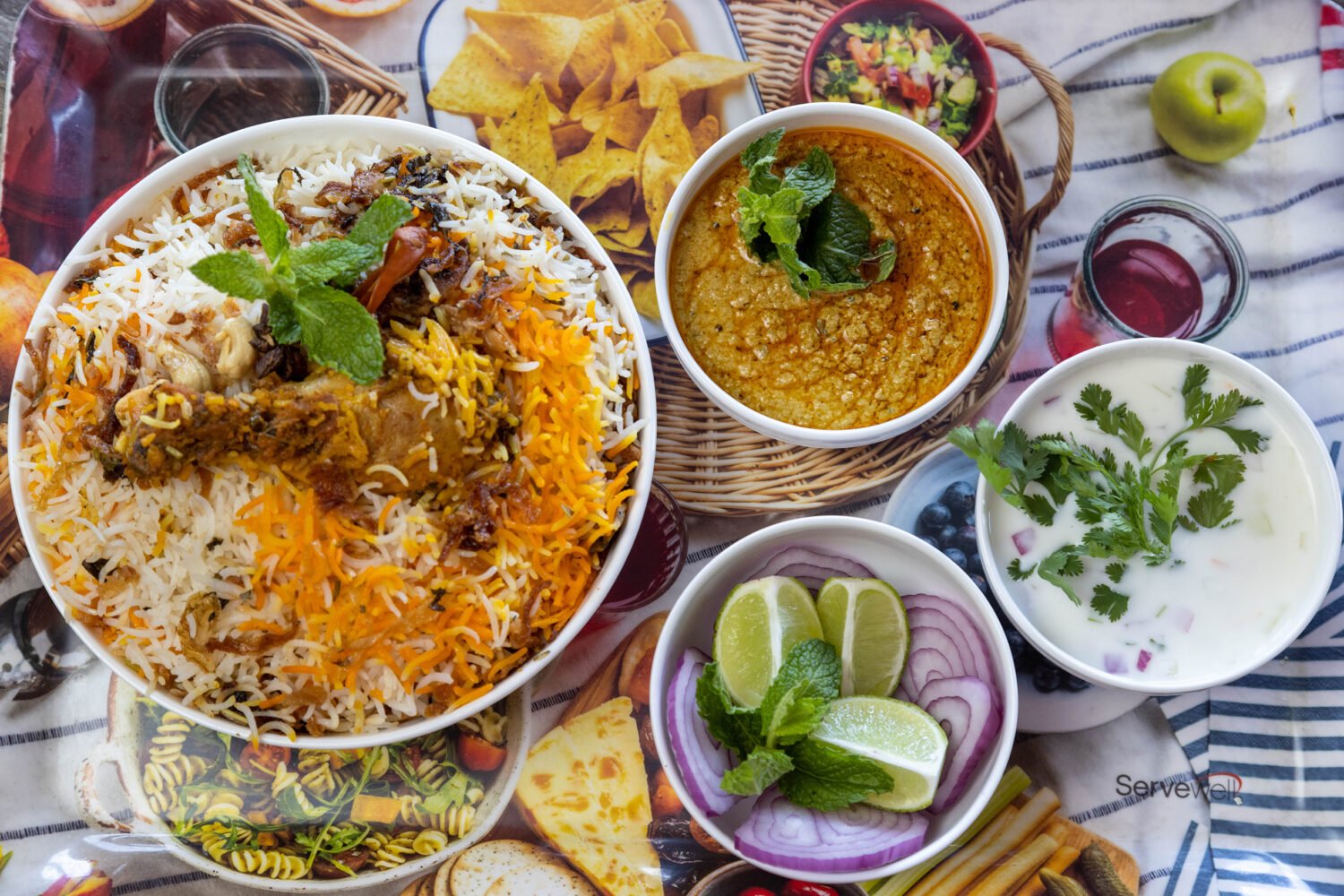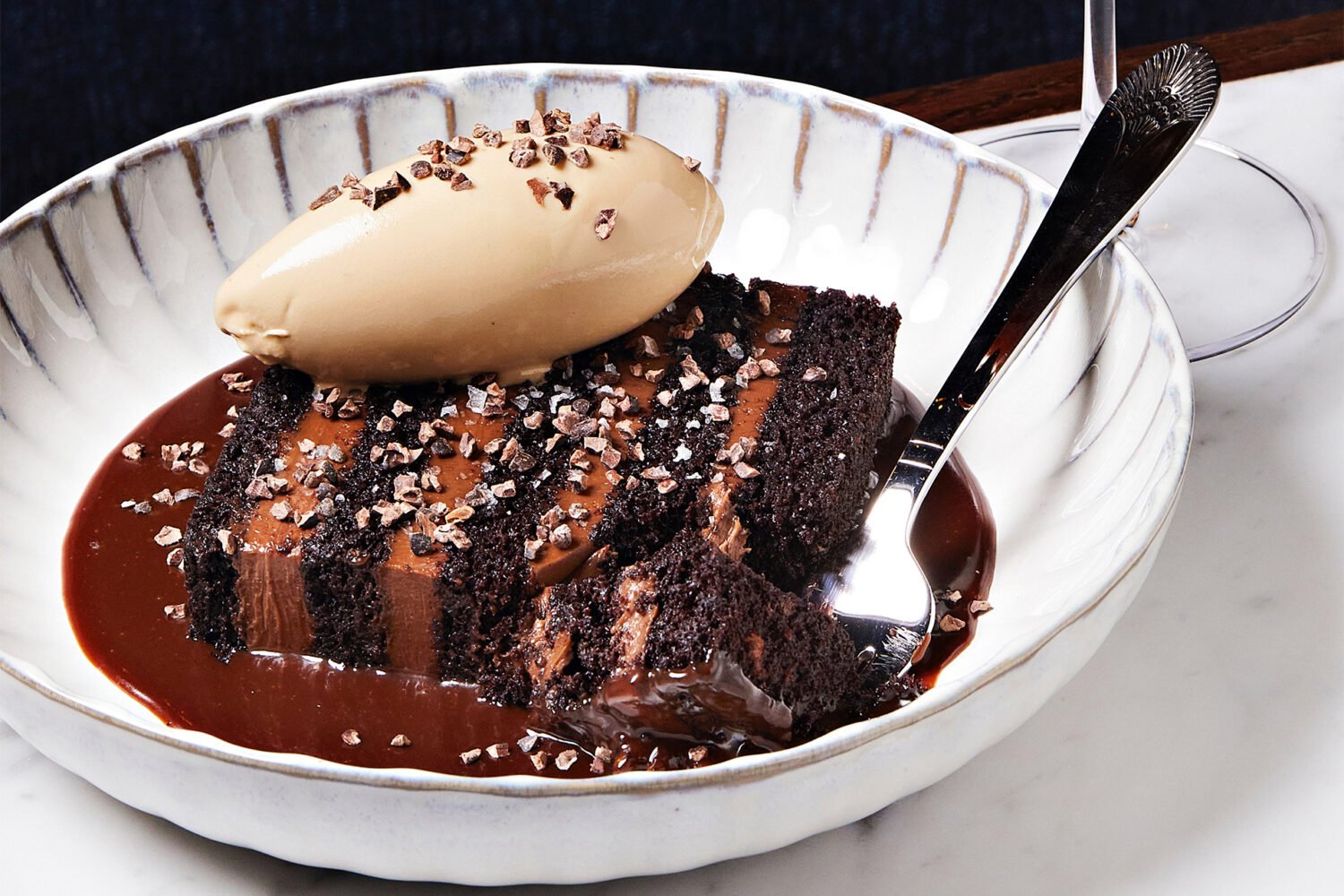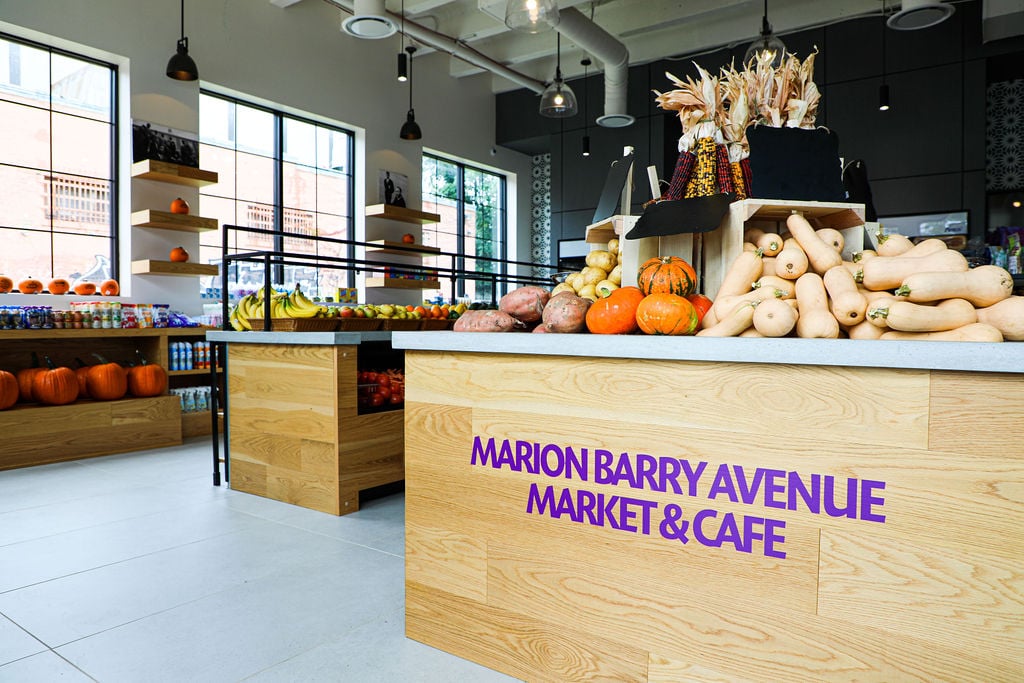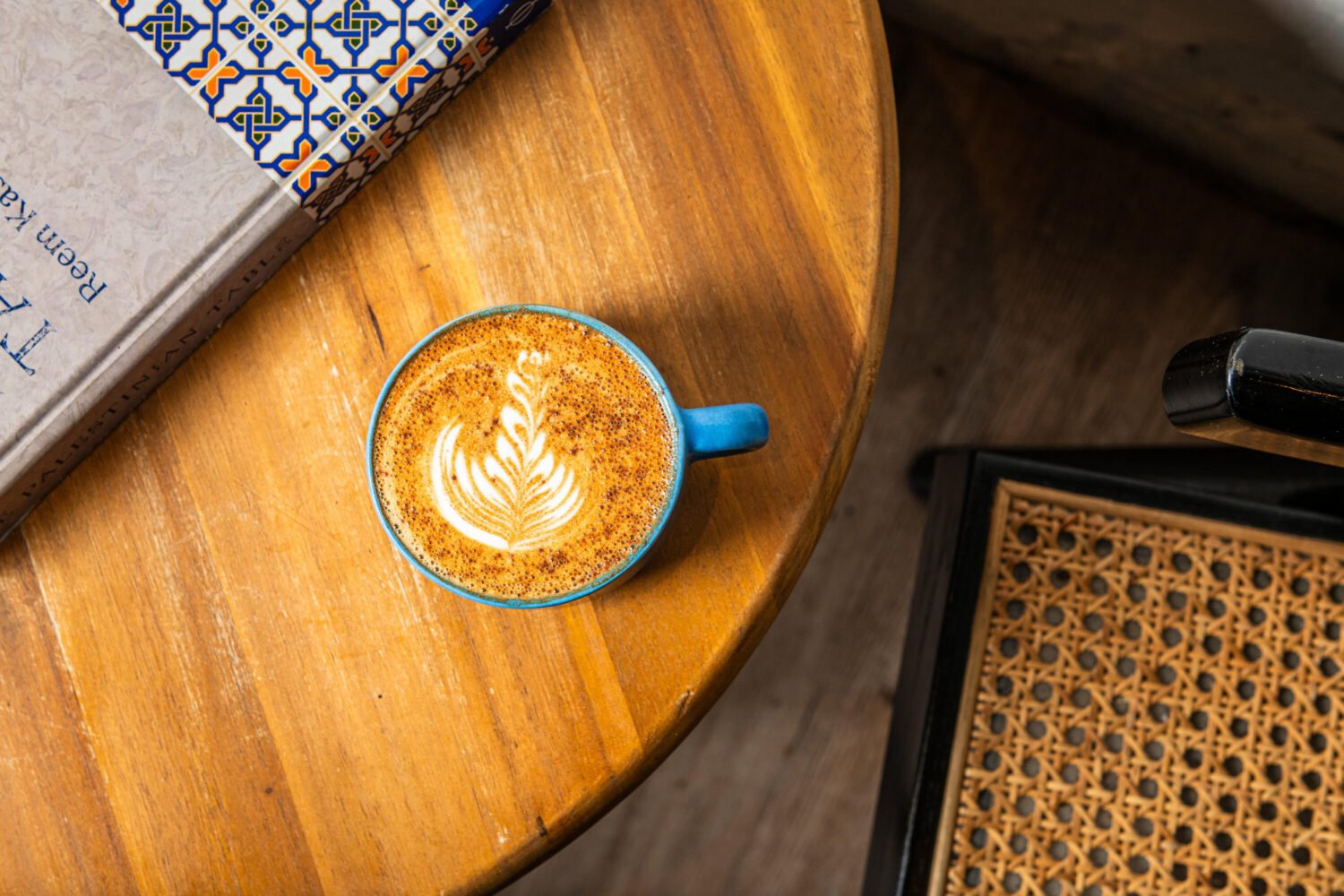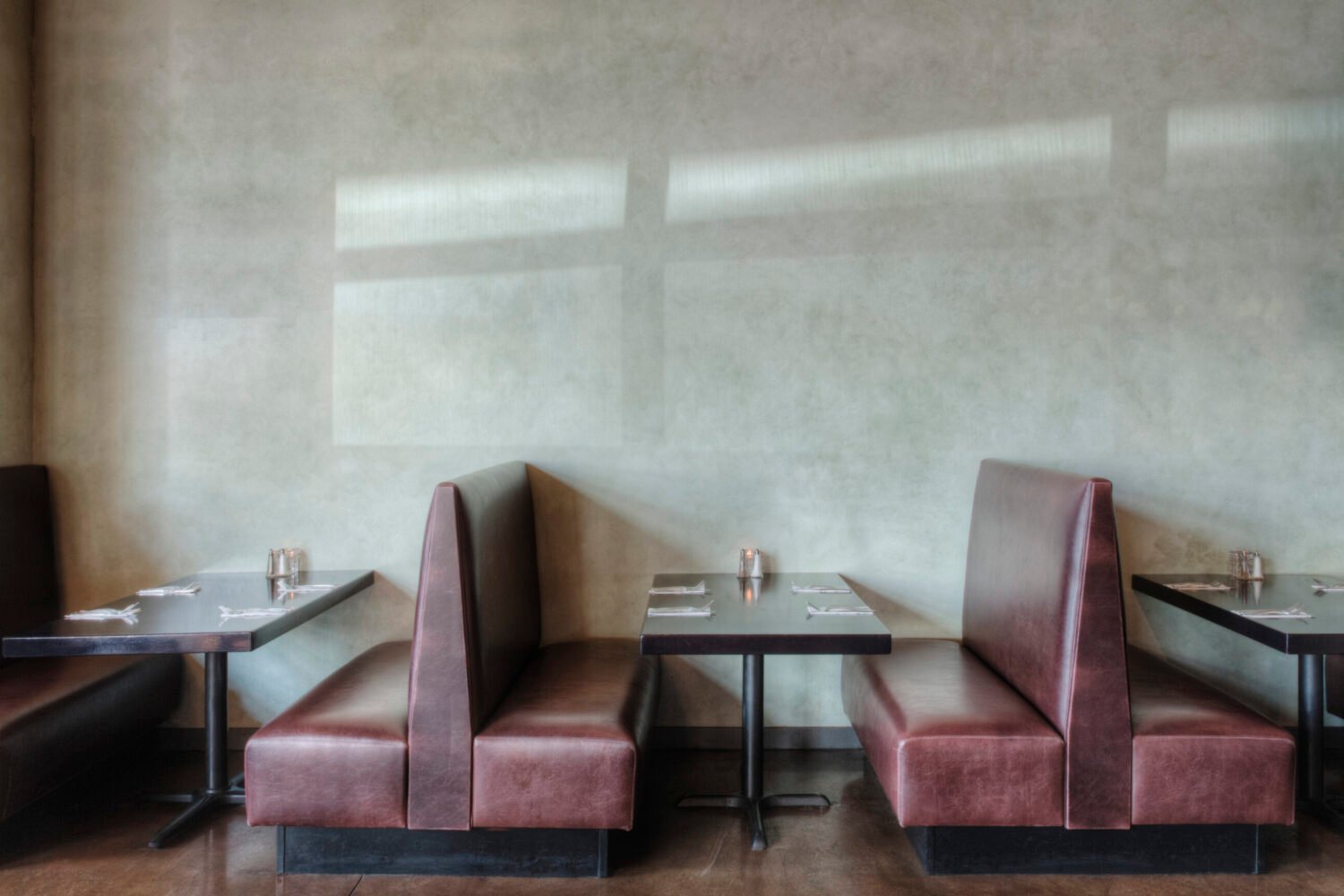location_on13934 Metrotech Dr., Chantilly
languageWebsite
Young Sun Han once owned a restaurant just like Baek Ban in Seoul, and she had certain routines there. Every morning around 5, she’d begin making the day’s banchan—the kaleidoscope of side dishes that form the heart of many Korean meals. The selection was different every day: cubed radish kimchi, tofu scrambled with slivers of green onion, omelets sandwiched by whole perilla leaves, dried anchovies glazed with sweet soy sauce.
Since July, Han has been following the same routine in an unassuming strip-mall space in Chantilly, within deafening distance of the Dulles landing path. Baek Ban, her new restaurant, is named after the simple bento-like set meals centered around rice and available in Seoul’s high-quality cafeterias and mom-and-pop lunchrooms.
“I wanted to bring Korean traditional food to America,” Han says through a translator. “In America, there’s [Korean] barbecue, but with my experience, I wanted to develop something that feels like home. It’s a feeling of coziness, a feeling of warmth.”
Han arrived in the US more than 20 years ago, but “when you move from a different country,” she says, “you have to start from scratch.” She spent years working for other Korean chefs before starting her first business five years ago: SB Han’s, a stall in Annandale’s exciting K Market food court, where she cooks her son’s favorite snacks, including fried rice and the maki-like rolls called kimbap.
But Baek Ban is something totally new. It’s got a hip look, with slick forest-green tile and an eye-catching logo. Plus, the offerings are closer to Han’s heart. “I’m 100 percent satisfied with it,” she says. “This is my style of food.”
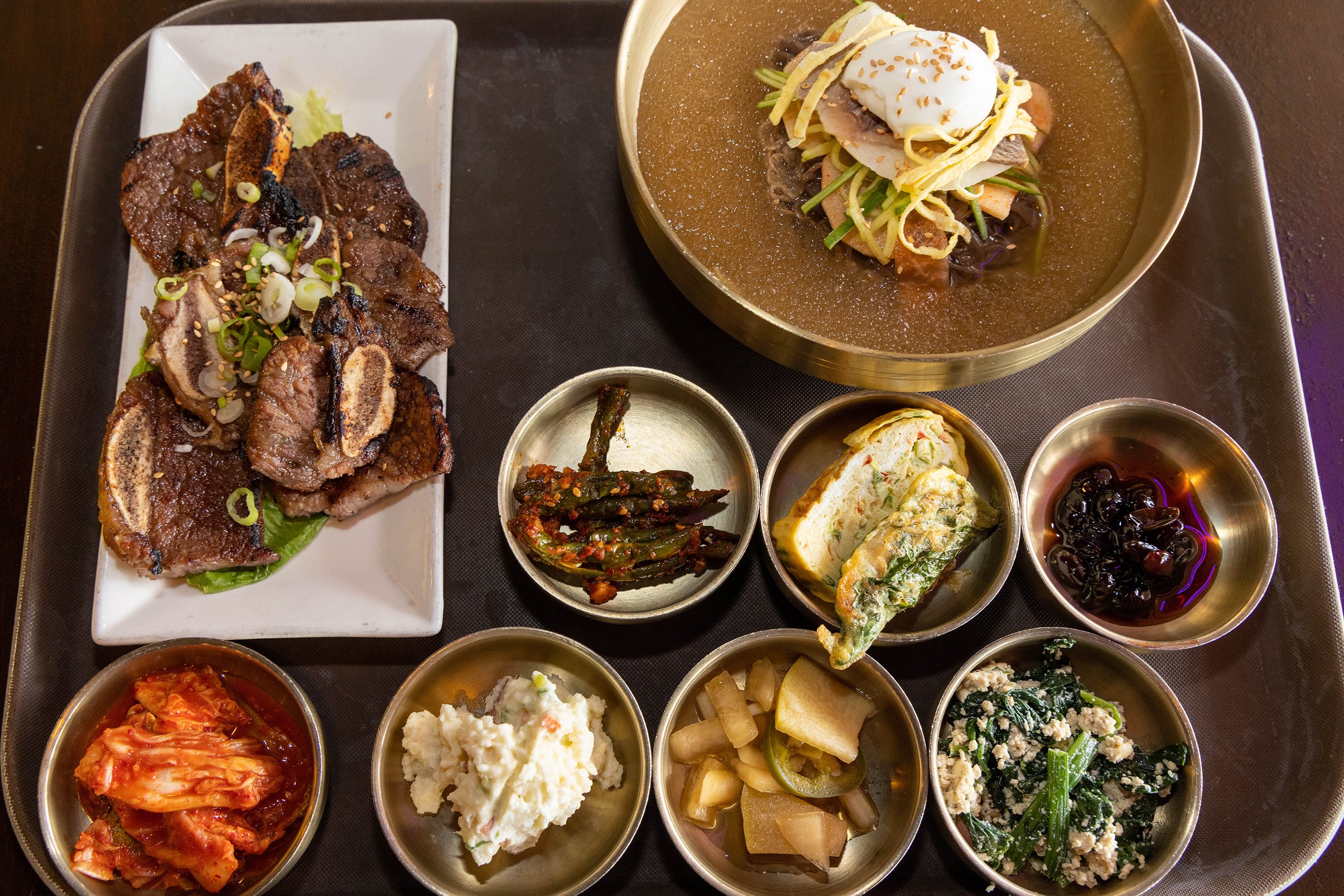
Like Kisa, the viral new Korean diner on Manhattan’s Lower East Side, Baek Ban serves meals on trays of brushed stainless metal bowls, with a somewhat institutional self-serve silverware station and a hot-water machine for making tea. Service is pared down, and there are no fancy flourishes. It’s all about the food.
No matter how thrilled you are by your modest main course—spicy stir-fried pork or squid, charred LA-style galbi (short ribs), grilled butterflied mackerel, burbling pollack-roe soup, and gently seasoned bulgogi are my favorites—Han’s banchan usually steal the spotlight.
Her diminutive rolled omelets might hold seaweed or veggies instead of perilla leaves. Squishy fried-rice cakes might come on their own dressed with gochujang or could sandwich a little link of sausage, like a pig in a blanket. One constant is Han’s potato salad, sweetened with chunks of apple. Japchae, sweet-potato-starch noodles stir-fried in sesame oil, is another classic. Mandu, steamed kimchi or beef dumplings, have such delicate, puckery wrappers that they tend to rupture in the grip of steel chopsticks, even when handled gently.
Come back next week, or even tomorrow. There will always be new banchan to try. Han’s near-infinite roster reflects decades of cooking in Korean kitchens.
This article appears in the October 2025 issue of Washingtonian.

